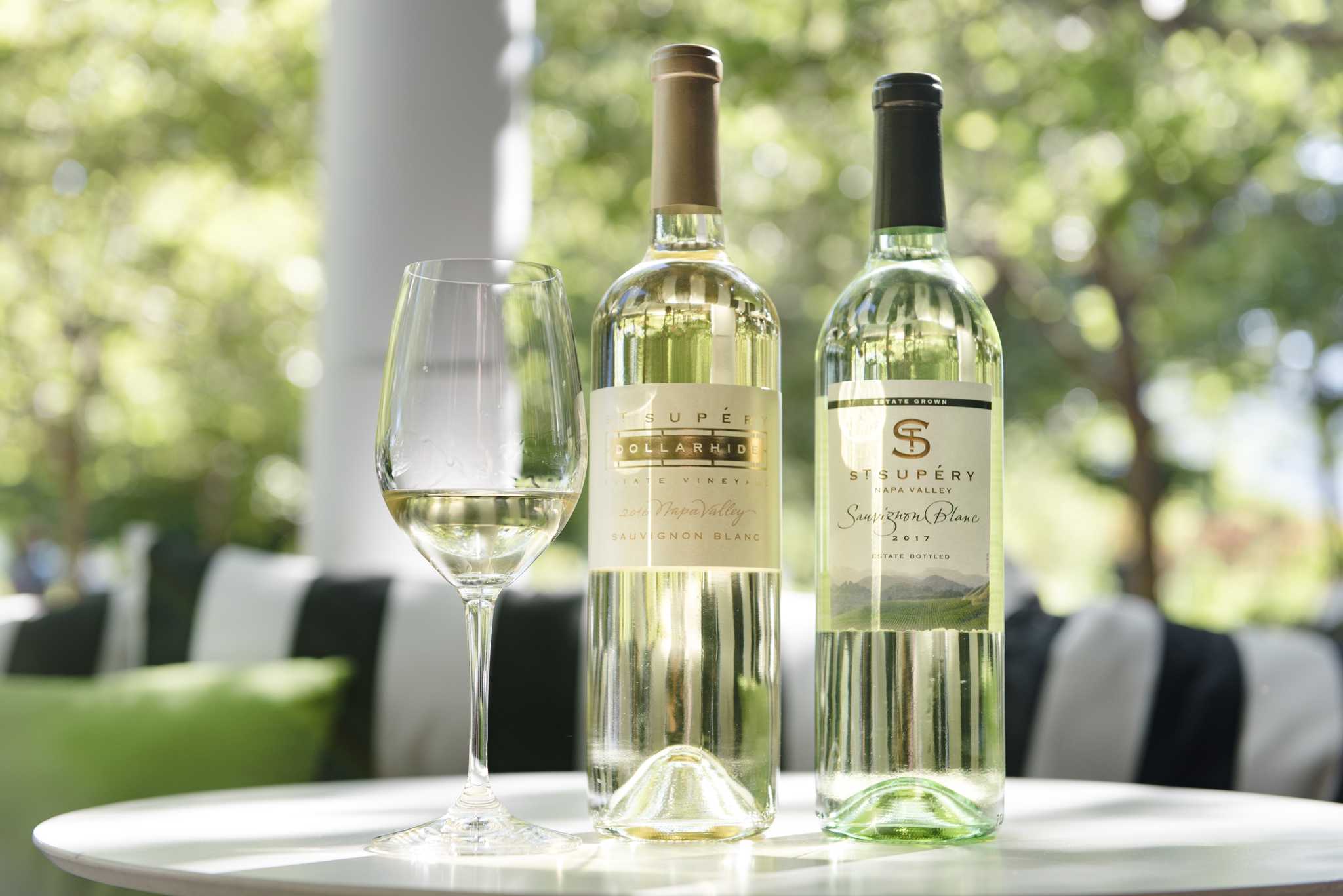

Articles
How To Store Sauvignon Blanc
Modified: October 18, 2024
Read our informative articles on how to properly store Sauvignon Blanc to preserve its flavor and freshness. Discover the best tips and techniques for wine storage.
(Many of the links in this article redirect to a specific reviewed product. Your purchase of these products through affiliate links helps to generate commission for Storables.com, at no extra cost. Learn more)
Introduction
Welcome to the world of Sauvignon Blanc, a refreshing and aromatic white wine known for its vibrant flavors and crisp acidity. Whether you are a wine enthusiast or a casual drinker, learning how to properly store Sauvignon Blanc is essential to preserving its quality and ensuring a delightful drinking experience.
Sauvignon Blanc is a versatile wine that can be enjoyed young or aged, depending on the style and personal preference. However, improper storage can lead to the deterioration of flavors and aromas, resulting in a less enjoyable tasting experience. With a few key considerations and proper storage techniques, you can maintain the freshness and vitality of your Sauvignon Blanc bottles for an extended period.
In this article, we will delve into the factors affecting Sauvignon Blanc storage and provide practical tips for choosing the right storage environment, controlling temperature and humidity, protecting against light and UV exposure, maintaining proper bottle positioning, and avoiding strong odor contamination. We will also discuss the best practices for storing opened bottles of Sauvignon Blanc and the art of decanting and serving this delightful wine.
So, grab a glass of Sauvignon Blanc, sit back, and let’s explore the wonderful world of storing this remarkable wine!
Key Takeaways:
- Properly storing Sauvignon Blanc involves maintaining a consistent temperature, controlling humidity, protecting against light exposure, and avoiding strong odors. These factors play a crucial role in preserving the wine’s freshness and vibrant flavors.
- When storing opened bottles of Sauvignon Blanc, re-cork promptly, refrigerate for short-term storage, and consider using wine preserving tools to maintain freshness. Decanting and serving the wine at the recommended temperature can enhance the tasting experience, allowing you to fully appreciate its unique characteristics.
Understanding Sauvignon Blanc
In order to properly store Sauvignon Blanc, it is important to have a basic understanding of this popular white wine variety. Sauvignon Blanc is known for its vibrant flavors and crisp acidity, making it a refreshing and versatile choice for wine lovers.
Sauvignon Blanc grapes are grown in various wine regions around the world, including France (especially in the Loire Valley and Bordeaux), New Zealand, California, and Chile. The flavor profile of Sauvignon Blanc can vary depending on the region, climate, and winemaking techniques used.
Typically, Sauvignon Blanc exhibits aromatic notes of citrus fruits, green apple, grapefruit, and tropical fruits like passionfruit and pineapple. It often has herbaceous characteristics, with hints of freshly cut grass, bell pepper, and sometimes even a touch of minerality. These distinctive flavors and aromas contribute to the unique appeal of Sauvignon Blanc.
The acidity in Sauvignon Blanc provides a refreshing zing, making it a fantastic choice for pairing with various dishes. It pairs exceptionally well with seafood, salads, light poultry dishes, and creamy cheeses.
When it comes to aging potential, Sauvignon Blanc is typically consumed within a few years of release. While some premium Sauvignon Blancs can develop complex flavors and improve with age, most are intended to be enjoyed young when their vibrant fruit flavors are at their peak.
Understanding the characteristics and profile of Sauvignon Blanc will help you appreciate its nuances and store it properly to maintain its freshness.
Now that we have a basic understanding of Sauvignon Blanc, let’s explore the factors that can affect its storage and learn how to create the optimal environment for preserving this delightful wine.
Factors Affecting Sauvignon Blanc Storage
When it comes to storing Sauvignon Blanc, there are several key factors that can significantly impact its quality over time. By understanding and addressing these factors, you can ensure the longevity and enjoyability of your Sauvignon Blanc bottles.
1. Temperature: Temperature is one of the most critical factors in wine storage. Ideally, Sauvignon Blanc should be stored at a consistent temperature of around 45 to 55 degrees Fahrenheit (7 to 13 degrees Celsius). Fluctuations in temperature can cause the wine to deteriorate quickly, resulting in loss of flavor and complexity. Avoid exposing your Sauvignon Blanc to extreme heat or cold, as this can cause irreversible damage to the wine.
2. Humidity: While moderate humidity levels are generally sufficient for storing Sauvignon Blanc, excessive humidity can lead to mold growth on the cork or label damage. Aim for a humidity level between 50% to 80% to prevent the cork from drying out. This helps in maintaining the integrity of the seal and minimizing the risk of oxidation.
3. Light Exposure: Sauvignon Blanc is sensitive to light, especially UV rays, which can degrade the wine and result in “lightstruck” flavors. To protect your bottles, store them in a dark or dimly lit area, away from direct sunlight or strong artificial light sources. Consider using wine storage cabinets or tinted glass to further minimize exposure to harmful light.
4. Bottle Position: Storing your Sauvignon Blanc bottles in an upright position can help prevent the wine from coming into contact with the cork. This is particularly important if the bottles have natural corks, as prolonged contact with the wine can cause the cork to dry out and lead to oxidation. However, if your bottles have synthetic corks or screw caps, storing them horizontally is acceptable.
5. Odor Contamination: Sauvignon Blanc is a delicate wine that can easily absorb odors from its surroundings. Avoid storing it near strong-smelling substances like cleaning chemicals, spices, or other pungent food items. Additionally, be mindful of storing it in close proximity to other wines with strong aromas, as cross-contamination can impact the flavors and aromas of the Sauvignon Blanc.
By considering these factors and implementing proper storage techniques, you can ensure that your Sauvignon Blanc remains in optimal condition, ready to be enjoyed whenever you’re in the mood for a glass of this delightful wine.
Choosing the Right Storage Environment
Creating the perfect storage environment for your Sauvignon Blanc is crucial to preserving its quality and ensuring a pleasant tasting experience. Here are some important factors to consider when selecting the right storage environment:
1. Temperature: As mentioned earlier, maintaining a consistent temperature is essential for storing Sauvignon Blanc. Aim for a temperature between 45 and 55 degrees Fahrenheit (7 to 13 degrees Celsius). Avoid storing the wine in areas prone to temperature fluctuations, such as near windows, heaters, or refrigerators. Wine coolers and dedicated wine storage units are excellent options for maintaining a steady temperature.
2. Humidity: Adequate humidity levels help to prevent the cork from drying out and maintain a proper seal. Aim for a humidity level between 50% and 80%. To increase humidity, you can place a small dish of water or a humidifier in the storage area. Alternatively, if the humidity is too high, consider using a dehumidifier or air conditioner to regulate the moisture levels.
3. Ventilation: Good air circulation is necessary to prevent mold growth and excess moisture. Ensure that the storage area has proper ventilation to prevent any musty odors or dampness from developing. However, avoid storing your wine in places that have strong drafts or excessive airflow, as it can cause the wine to age prematurely.
4. Stability: Stability is key when it comes to storing wine. Avoid areas with excessive vibrations, as this can agitate the sediments and affect the overall quality of the wine. Vibrations can disturb the proper aging process and result in a diminished flavor profile. Choose a location that is free from any frequent movements or vibrations.
5. Light: Protect your Sauvignon Blanc from exposure to direct sunlight or strong artificial light sources. UV rays from light can degrade the wine and lead to undesirable flavors. Consider storing your wine in a dark or dimly lit area to minimize light exposure. If possible, use wine storage cabinets with UV-resistant glass doors or cover the bottles with a cloth or wine sleeves.
6. Space: Ensure that you have enough space to store your bottles securely and without overcrowding. Avoid stacking bottles on top of each other, as it can lead to breakage or difficulty in accessing individual bottles. Allow for proper airflow between the bottles to prevent any potential heat buildup.
By carefully considering these factors and selecting the right storage environment, you can maximize the longevity and quality of your Sauvignon Blanc. Remember, a well-preserved wine ensures a delightful drinking experience when you decide to open a bottle and savor its vibrant flavors.
Temperature and Humidity Control
Temperature and humidity are crucial factors in preserving the quality of Sauvignon Blanc. Controlling these elements properly can significantly impact the aging process and maintain the integrity of the wine. Here’s what you need to know about temperature and humidity control when storing Sauvignon Blanc:
1. Temperature: It’s essential to store Sauvignon Blanc at a consistent and optimal temperature. The ideal temperature range for storing this white wine is between 45 and 55 degrees Fahrenheit (7 to 13 degrees Celsius). This temperature range allows the wine to mature slowly and gracefully while preserving its vibrant flavors and aromas.
Extreme fluctuations in temperature can harm the wine, causing it to age prematurely or develop off flavors. High temperatures can accelerate the aging process, resulting in a flat and dull wine, while low temperatures can cause the wine to freeze and expand, potentially pushing the cork out or damaging the bottle.
2. Humidity: Maintaining a proper humidity level is essential for storing Sauvignon Blanc. The ideal humidity range is between 50% and 80%. Sufficient humidity prevents the cork from drying out and helps maintain an airtight seal, protecting the wine from excessive oxygen exposure.
If the humidity is too low, the cork may dry out and shrink, allowing air to enter the bottle and spoil the wine. On the other hand, excessive humidity can lead to mold growth and label damage. To maintain the desired humidity level, consider using a humidifier or placing a dish of water in the storage area.
To ensure both temperature and humidity control, consider investing in a wine cooler or cellar. These specialized storage units allow you to set and maintain precise temperature and humidity levels, providing an optimal environment for the aging and preservation of Sauvignon Blanc.
It’s important to note that changes in temperature and humidity can occur naturally, even within a controlled storage environment. However, by selecting a stable location away from external factors like direct sunlight or heat sources, and consistently monitoring the temperature and humidity levels, you will be able to create an environment that is favorable for your Sauvignon Blanc collection.
By paying close attention to temperature and humidity control, you can preserve the vibrant characteristics of Sauvignon Blanc and ensure that each bottle delivers a delightful wine-drinking experience.
Light and UV Protection
Protecting Sauvignon Blanc from light exposure, particularly UV (ultraviolet) rays, is essential for preserving its quality and safeguarding its delicate flavors and aromas. Here’s why light and UV protection is crucial when storing Sauvignon Blanc:
1. Light-Sensitivity: Sauvignon Blanc is highly sensitive to light, especially to the UV rays present in sunlight and fluorescent lighting. When exposed to light, the wine can undergo a process called “lightstruck” or “sunstruck.” This leads to the formation of sulfur compounds that produce off-putting aromas, commonly described as “skunky” or reminiscent of cooked cabbage.
2. Off-Flavors and Spoilage: Continuous exposure to light can cause the wine to prematurely age and develop off-flavors, significantly diminishing its quality and drinkability. This is why it’s crucial to protect Sauvignon Blanc from excessive light to maintain its vibrancy and freshness.
To provide adequate light and UV protection for your Sauvignon Blanc collection, consider the following tips:
1. Store in a Dark Location: Find a storage area that is dark or dimly lit. Keep your bottles away from direct sunlight, windows, or light sources that emit strong artificial light. A cool, dark cellar or a dedicated wine storage unit is an ideal choice for long-term storage.
2. Use Tinted Glass or Wine Sleeves: If your storage area has windows or glass doors, choose UV-protected or tinted glass to reduce UV penetration. This will help to minimize the exposure of your bottles to harmful light. Alternatively, you can cover the bottles with wine sleeves or cloths to provide an extra layer of protection.
3. Consider Wine Storage Cabinets: Wine storage cabinets and refrigerators often come with UV-resistant glass doors and built-in lighting that is gentle on the wine. These cabinets provide a controlled environment with adequate protection against light and UV rays, making them an excellent choice for storing Sauvignon Blanc.
4. Keep Wine Bottles in Cardboard Boxes: If you don’t have access to a dedicated storage unit or wine cellar, you can store your Sauvignon Blanc bottles in their original cardboard boxes. These boxes provide some protection against light exposure, especially if stored in a dark area, such as a closet or under a staircase.
By following these light and UV protection measures, you can ensure that your Sauvignon Blanc retains its vibrant flavors, aromas, and overall quality for an extended period. Remember, a well-preserved bottle of Sauvignon Blanc rewards you with a delightful wine-drinking experience.
Store Sauvignon Blanc in a cool, dark place away from direct sunlight and temperature fluctuations. Keep the bottle on its side to keep the cork moist and prevent oxidation. Enjoy within 2-3 years for optimal freshness.
Proper Bottle Positioning
Properly positioning your Sauvignon Blanc bottles during storage is important to ensure the wine’s longevity and overall quality. While the ideal bottle positioning can vary depending on the type of closure, here are some guidelines to follow:
1. Cork Closure: If your Sauvignon Blanc bottles are sealed with a natural cork closure, storing them upright is generally recommended. This positioning keeps the wine in contact with the cork, helping to prevent the cork from drying out. A dry cork can lead to oxidation and spoilage, resulting in off-flavors and a diminished drinking experience.
2. Screw Cap or Synthetic Closure: For bottles sealed with screw caps or synthetic closures, positioning the bottles upright or horizontally is acceptable. Unlike natural corks, these closures provide a more secure seal and are less susceptible to drying out or allowing oxygen ingress. The decision to store them upright or horizontally comes down to personal preference and available space.
While storing your bottles upright is generally the safest option for preserving the integrity of the seal, there are instances where horizontal storage might be preferred. Some wine enthusiasts believe that horizontal storage ensures constant contact between the wine and the closure, helping to maintain a consistent seal. However, the impact of closure contact is minimal for screw caps and synthetic closures compared to natural corks.
When storing your Sauvignon Blanc bottles, consider the following recommendations:
1. Keep the Labels Visible: Storing bottles upright makes it easier to identify the wine’s label and vintage. This is particularly convenient if you have a diverse wine collection and often search for specific bottles.
2. Avoid Agitation: Handling and moving horizontally stored bottles can agitate the sediments, especially in aged Sauvignon Blanc or wines that have undergone aging with lees. Agitation can disturb the wine’s clarity and affect the overall drinking experience. If you choose to store your bottles horizontally, handle them with care to minimize any disturbance.
Regardless of the positioning, it’s important to store your Sauvignon Blanc bottles in a stable and vibration-free environment. Excessive vibrations, such as those caused by nearby appliances or heavy foot traffic, can disturb the sediments, accelerate aging, and compromise the wine’s quality.
By following these guidelines for proper bottle positioning, you can ensure the longevity and quality of your Sauvignon Blanc bottles, allowing you to savor their vibrant flavors and aromas to the fullest.
Avoiding Strong Odor Contamination
One of the key considerations when storing Sauvignon Blanc is to protect it from strong odor contamination. Sauvignon Blanc is a delicate wine that can easily absorb odors from its surroundings, which can negatively impact its flavors and aromas. Here are some tips to avoid strong odor contamination:
1. Choose the Right Storage Location: Select a storage area that is clean, well-ventilated, and free from strong odors. Avoid storing your bottles in places with volatile substances, such as cleaning chemicals, paints, or strong-smelling food items like spices and onions. These odors can permeate through the cork or even the bottle, compromising the quality of the wine.
2. Separate Fragrant Items: If you must store your Sauvignon Blanc in an area where there are other items with strong odors, create a physical barrier between them. Keep the wine bottles in a closed cabinet or separate them using dividers or wine-specific storage racks. This will help minimize the risk of cross-contamination.
3. Seal the Bottles: Ensure that the bottles are securely closed and that the cork or closure is in good condition. A damaged or loose closure can expose the wine to outside odors, affecting its taste and aroma. It is also a good practice to check the bottles periodically for any signs of cork deterioration or leakage.
4. Avoid Mixing Strongly Aromatic Wines: If you have a diverse wine collection, be mindful of storing strongly aromatic wines, such as heavily oaked or intensely perfumed varietals, alongside your Sauvignon Blanc. The strong aromas from these wines can easily transfer to other bottles, including your Sauvignon Blanc, leading to unwanted flavor contamination.
5. Properly Clean Glassware: When enjoying Sauvignon Blanc, use clean and odor-free glassware. Residual odors from previous beverages or dishwashing detergents can affect the perception of the wine’s aromas and flavors. Make sure to rinse your wine glasses thoroughly with hot water before use.
6. Consider Wine Sleeves: If you need additional protection, especially during transportation or when storing bottles in less-than-ideal conditions, consider using wine sleeves. These protective covers can help shield your Sauvignon Blanc bottles from strong odors and provide an extra layer of defense against potential contaminants.
By taking these precautions, you can ensure that your Sauvignon Blanc remains free from unwanted odors and retains its distinctive flavors and aromas. Keeping your wine in a pristine environment will enhance your enjoyment of this delightful varietal.
Storing Opened Bottles of Sauvignon Blanc
Once you’ve opened a bottle of Sauvignon Blanc but can’t finish it in one sitting, proper storage is vital to maintain its freshness and prevent spoilage. Here are some guidelines for storing opened bottles of Sauvignon Blanc:
1. Re-Cork or Use Wine Preserving Tools: After pouring the desired amount of wine, promptly re-cork the bottle to minimize exposure to air. The oxygen in the air can quickly oxidize the wine, leading to a loss of freshness and flavor. If you want to further extend the shelf life of the opened bottle, consider using wine preserving tools such as vacuum pumps or inert gas sprays. These tools help remove oxygen or displace it with a protective gas, preserving the wine’s quality for a longer duration.
2. Store in the Refrigerator: For short-term storage (1-3 days), place the re-corked or preserved opened bottle in the refrigerator. The cool temperature slows down oxidation and helps maintain the wine’s freshness. However, be aware that storing white wines in the refrigerator for an extended period can dull the flavors and aromas. It is best to consume the opened bottle within a few days to enjoy it at its best.
3. Avoid Temperature Fluctuations: The refrigerator provides a consistent temperature, which helps preserve the wine’s integrity. Avoid storing the opened bottle in areas prone to temperature fluctuations, such as near stovetops or windows. Fluctuating temperatures can accelerate oxidation and degrade the quality of the wine.
4. Protect from Light: Even when storing opened bottles in the refrigerator, it’s important to shield them from light. Light, especially UV rays, can still penetrate the glass and degrade the wine’s flavors. Placing the bottle in a wine sleeve or wrapping it in a cloth can provide added protection against light exposure.
5. Note the Consumption Date: It’s helpful to label the re-corked or preserved opened bottle with the date it was opened. This way, you can keep track of the recommended consumption timeline. Sauvignon Blanc is best consumed within a few days of opening to fully enjoy its vibrant flavors and aromas.
6. Consider Wine Dispensing Systems: If you frequently enjoy wine by the glass, investing in a wine dispensing system can be a worthwhile option. These systems store opened bottles in a controlled, oxygen-free environment, preserving the wine’s freshness for an extended duration. Such systems often use preservation techniques like inert gas to protect the wine from oxidation.
Remember, opened bottles of Sauvignon Blanc have a limited shelf life. While proper storage techniques can help preserve the wine’s quality for a short time, it’s best to consume it within a few days to fully experience its characteristic flavors and aromas.
Read more: How Much Sugar In A Glass Of Sauvignon Blanc
Decanting and Serving Sauvignon Blanc
Decanting and serving Sauvignon Blanc can enhance the wine’s flavors and aromas, providing an optimal tasting experience. While typically not as common as decanting red wines, decanting Sauvignon Blanc can be beneficial under certain circumstances. Here’s how to properly decant and serve Sauvignon Blanc:
1. Decanting Sauvignon Blanc: Decanting is the process of transferring wine from its bottle into a decanter or another container. While most Sauvignon Blancs are enjoyed young and don’t require decanting, there are a few instances where it can enhance the wine’s characteristics. If you have a high-quality aged Sauvignon Blanc or a wine that has developed some sediment, decanting can help separate the wine from any solids and allow it to breathe, revealing its full flavor potential. To decant Sauvignon Blanc, gently pour the wine into a clean, dry, and transparent decanter, leaving behind any sediments in the bottle.
2. Serving Temperature: Sauvignon Blanc is best served chilled to enhance its refreshing qualities. The recommended serving temperature is typically between 45 and 55 degrees Fahrenheit (7 to 13 degrees Celsius). However, some lighter, fruit-forward styles of Sauvignon Blanc can benefit from slightly cooler temperatures, around 40 to 45 degrees Fahrenheit (4 to 7 degrees Celsius). Use a wine thermometer to ensure that the wine is served at the optimal temperature for maximum enjoyment.
3. Glassware: Choose the right glassware to enhance the Sauvignon Blanc’s aromas and flavors. Opt for a glass with a narrow opening or tulip-shaped bowl, allowing the wine’s aromas to concentrate and reach your nose. The glass’s shape also directs the wine onto the appropriate parts of the tongue, optimizing the tasting experience. Make sure your wine glasses are clean and odor-free before pouring the Sauvignon Blanc.
4. Tasting and Swirling: When serving Sauvignon Blanc, take a moment to appreciate its aromas before sipping. Swirl the wine in the glass gently to release its aromatic compounds. This allows the wine’s delicate aromas, such as citrus, tropical fruits, and floral notes, to come alive, enhancing your sensory experience.
5. Food Pairing: Sauvignon Blanc is a versatile wine that pairs well with a variety of dishes. Its acidity and refreshing qualities make it an excellent companion to seafood, salads, light poultry, and fresh cheeses. Experiment with different food pairings to discover your preferred combinations and enhance the overall dining experience.
6. Serving Size: Pour Sauvignon Blanc in moderation, serving it in smaller portions to maintain its ideal temperature. This allows you to savor the wine at its peak freshness and ensures that every glass is enjoyed to the fullest.
Remember, Sauvignon Blanc is typically enjoyed for its vibrant, crisp, and refreshing qualities. By following these guidelines for decanting and serving the wine, you can elevate the tasting experience and fully appreciate its unique characteristics.
Conclusion
Properly storing Sauvignon Blanc is essential for maintaining its freshness, vibrant flavors, and delightful aromas. By understanding the factors that affect its storage, selecting the right environment, controlling temperature and humidity, protecting against light exposure, positioning bottles correctly, and avoiding odor contamination, you can ensure that your Sauvignon Blanc collection remains in optimal condition.
Remember to store your Sauvignon Blanc bottles in a cool, dark, and stable environment, free from temperature fluctuations, strong odors, and excessive light exposure. Temperature and humidity control play a significant role in preserving the wine, so aim for a consistent temperature between 45 and 55 degrees Fahrenheit (7 to 13 degrees Celsius) and a humidity level between 50% and 80%.
Proper bottle positioning, such as storing upright or horizontally (based on the closure type), helps maintain the integrity of the wine and the cork’s seal. Be mindful of protecting your Sauvignon Blanc from light exposure, particularly harmful UV rays, by storing it in a dark area or using UV-resistant glass or wine sleeves.
When storing opened bottles, re-cork them promptly, refrigerate if possible, and consume within a few days to preserve the wine’s freshness. Consider decanting aged or sedimented Sauvignon Blanc and serve the wine at the recommended temperature in suitable glassware to enhance the tasting experience.
Ultimately, storing and serving Sauvignon Blanc with care allows you to fully appreciate its vibrant flavors, crisp acidity, and delightful aromas. Whether you’re enjoying a young and zesty Sauvignon Blanc or a complex and matured bottle, proper storage techniques can help ensure that each sip is a true pleasure.
So, toast to the joys of Sauvignon Blanc and raise your glass to the art of preserving and savoring this remarkable white wine. Cheers!
Frequently Asked Questions about How To Store Sauvignon Blanc
Was this page helpful?
At Storables.com, we guarantee accurate and reliable information. Our content, validated by Expert Board Contributors, is crafted following stringent Editorial Policies. We're committed to providing you with well-researched, expert-backed insights for all your informational needs.
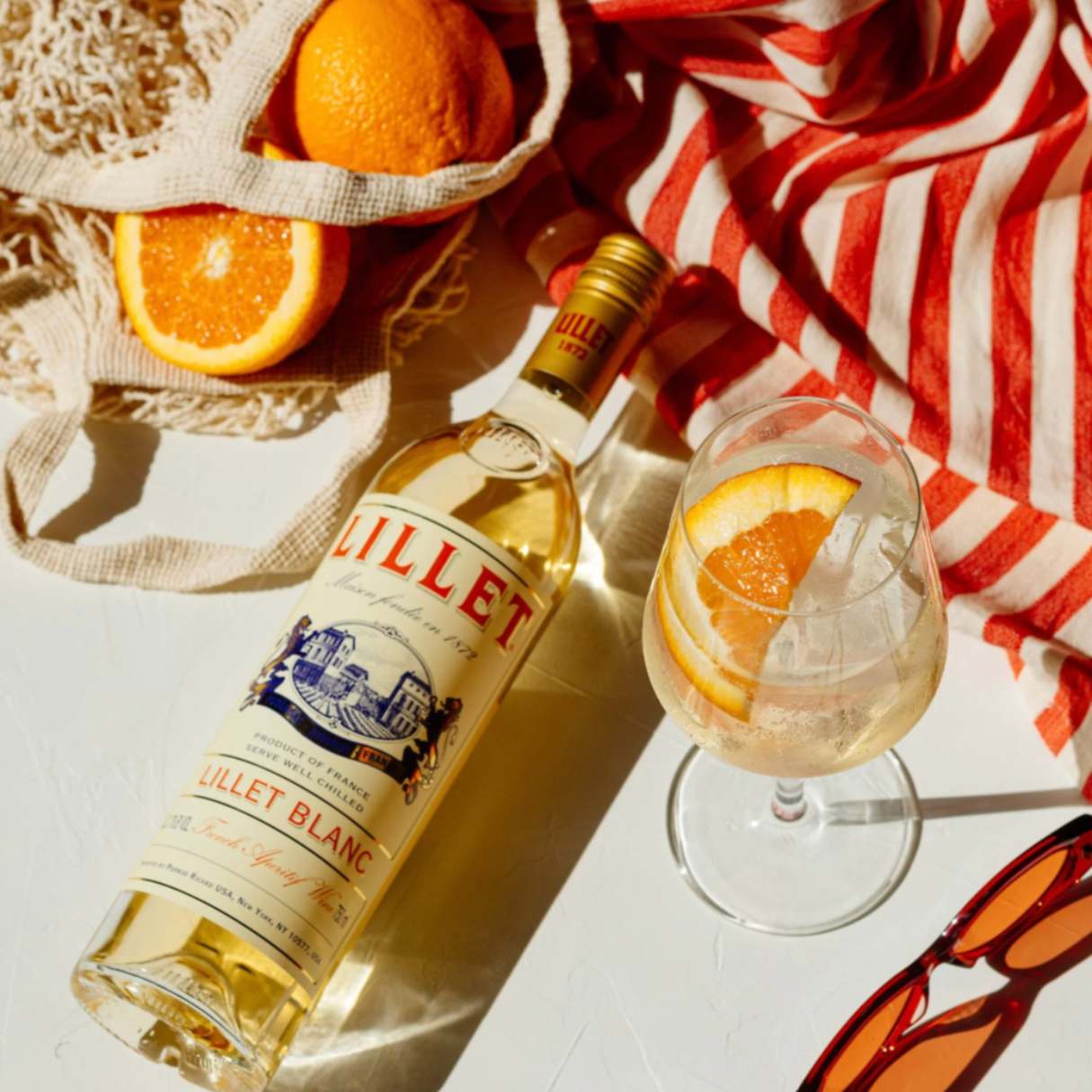
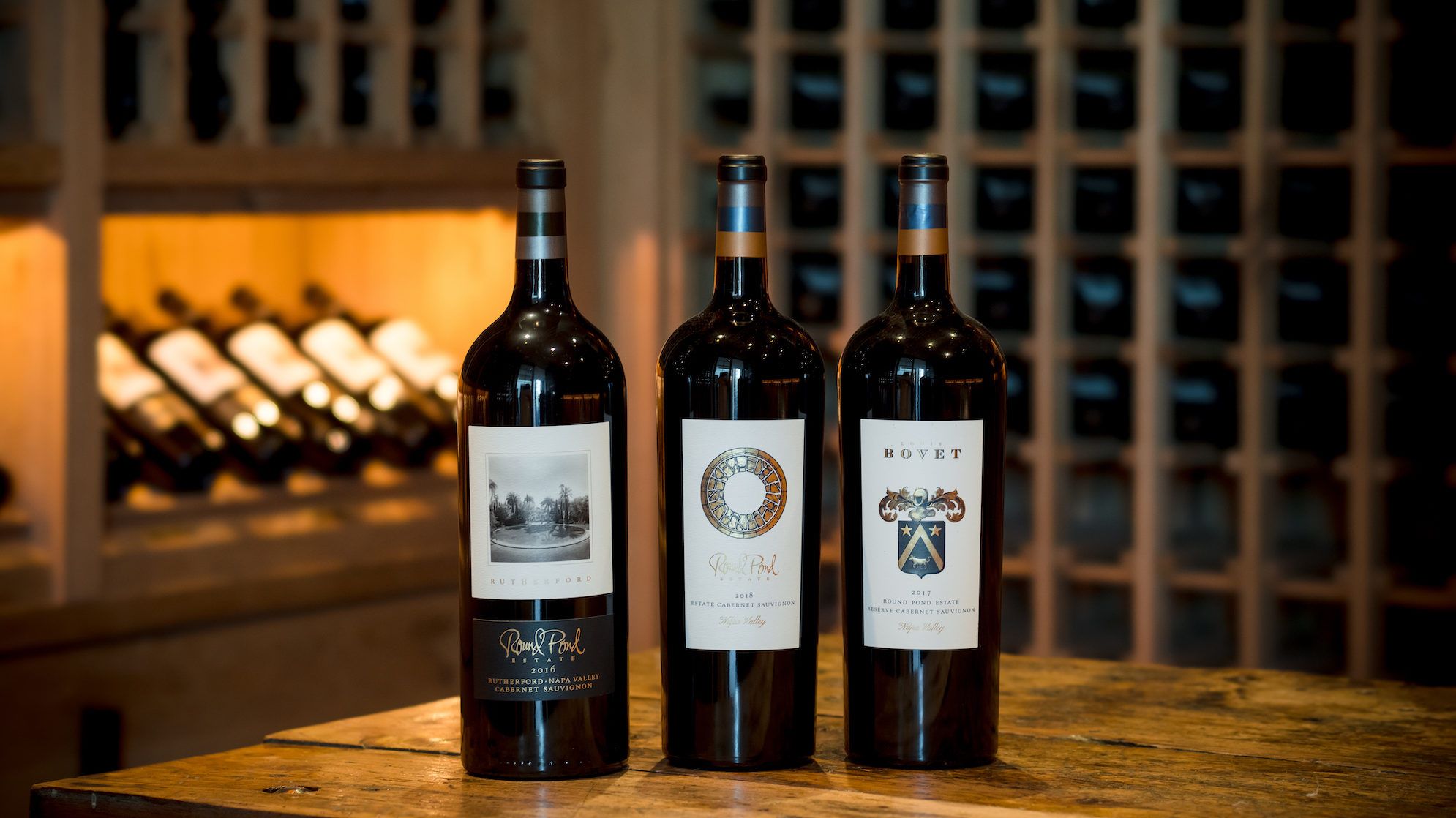


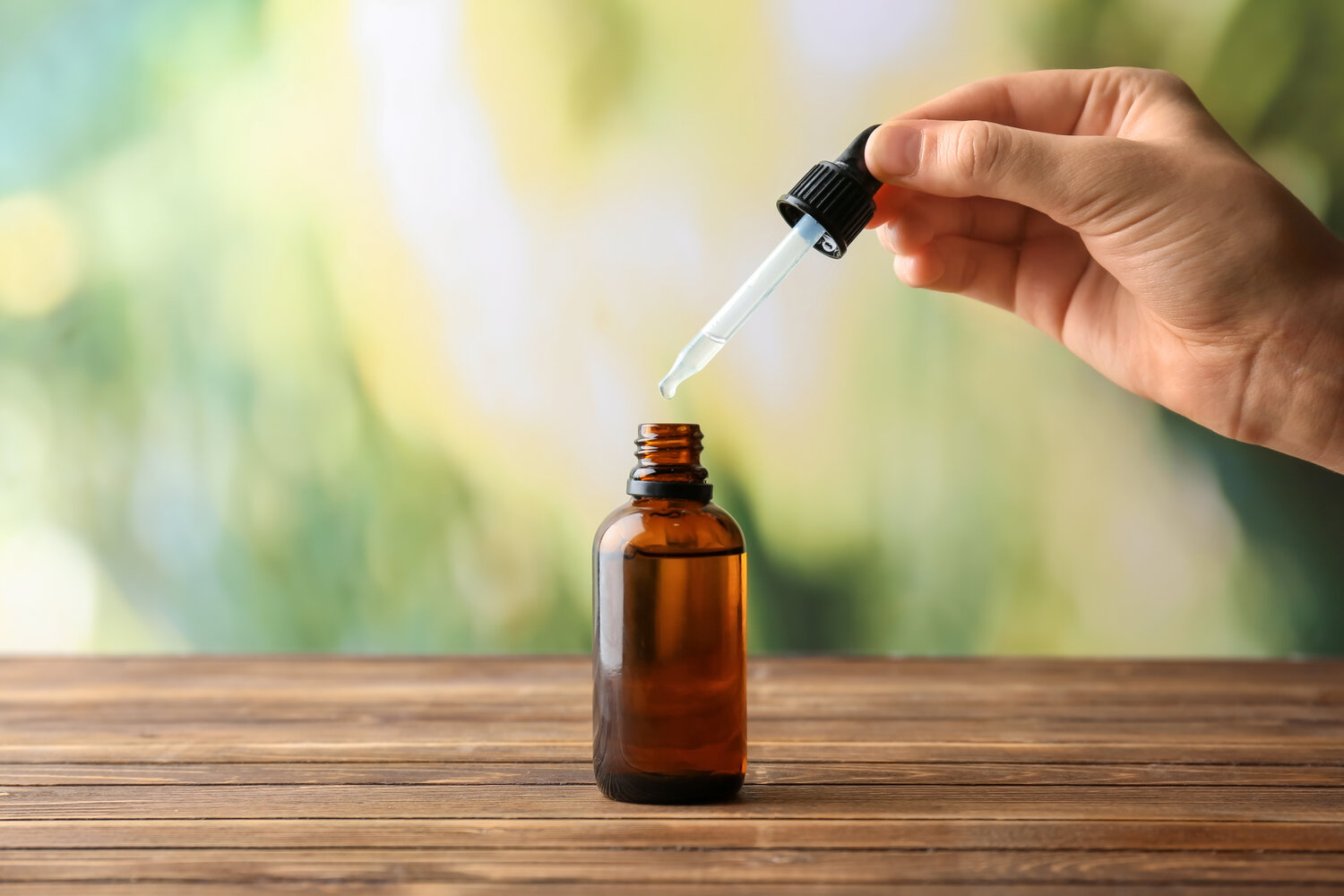
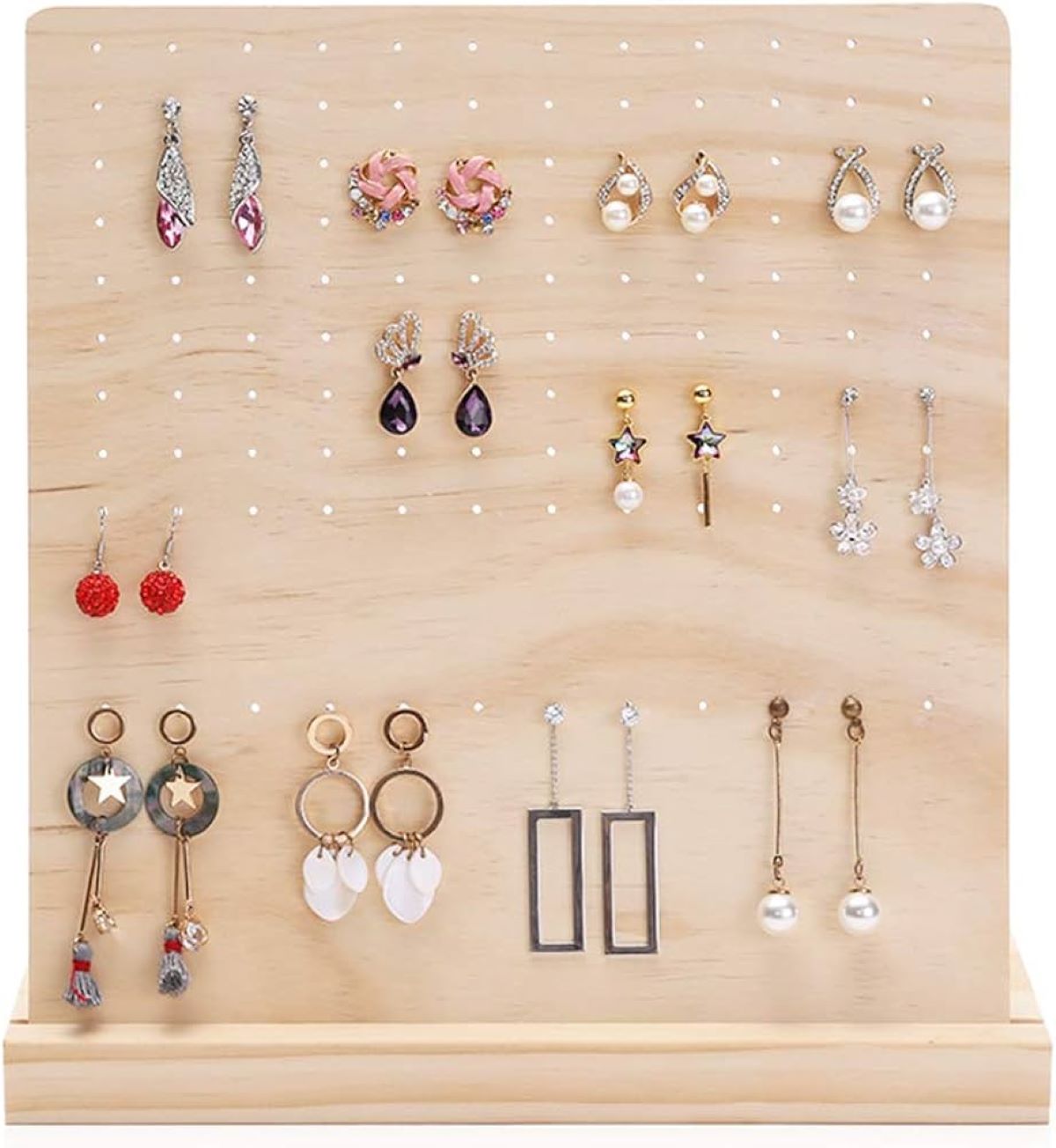
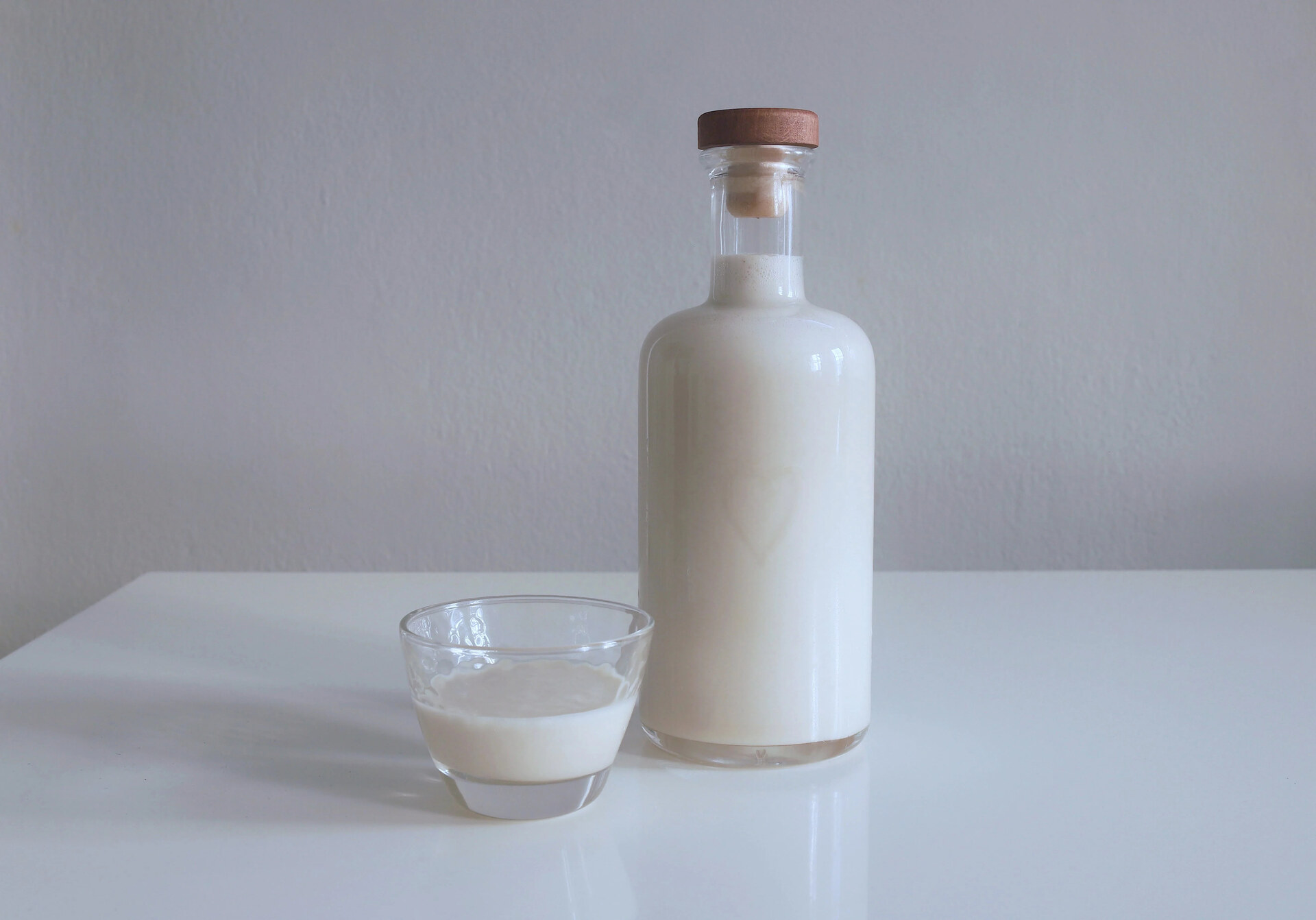
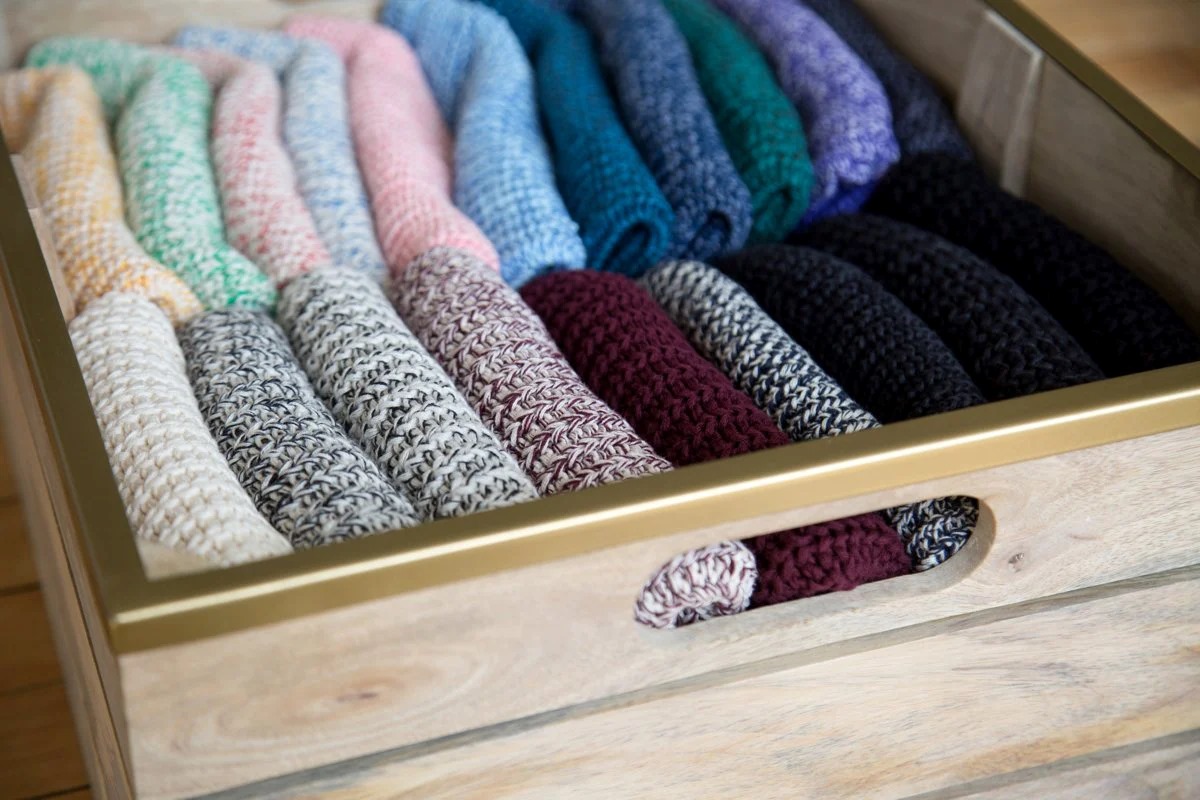
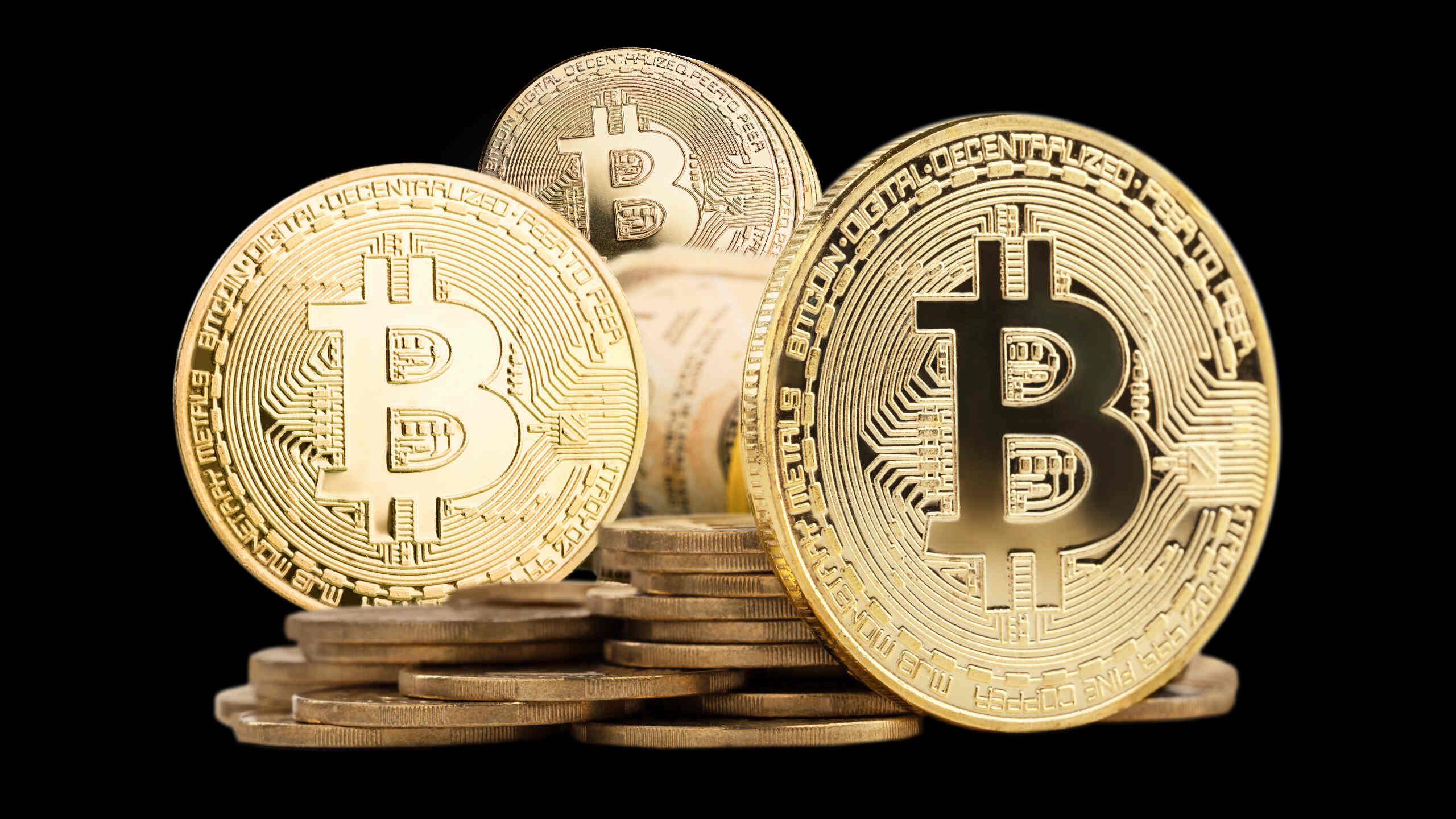
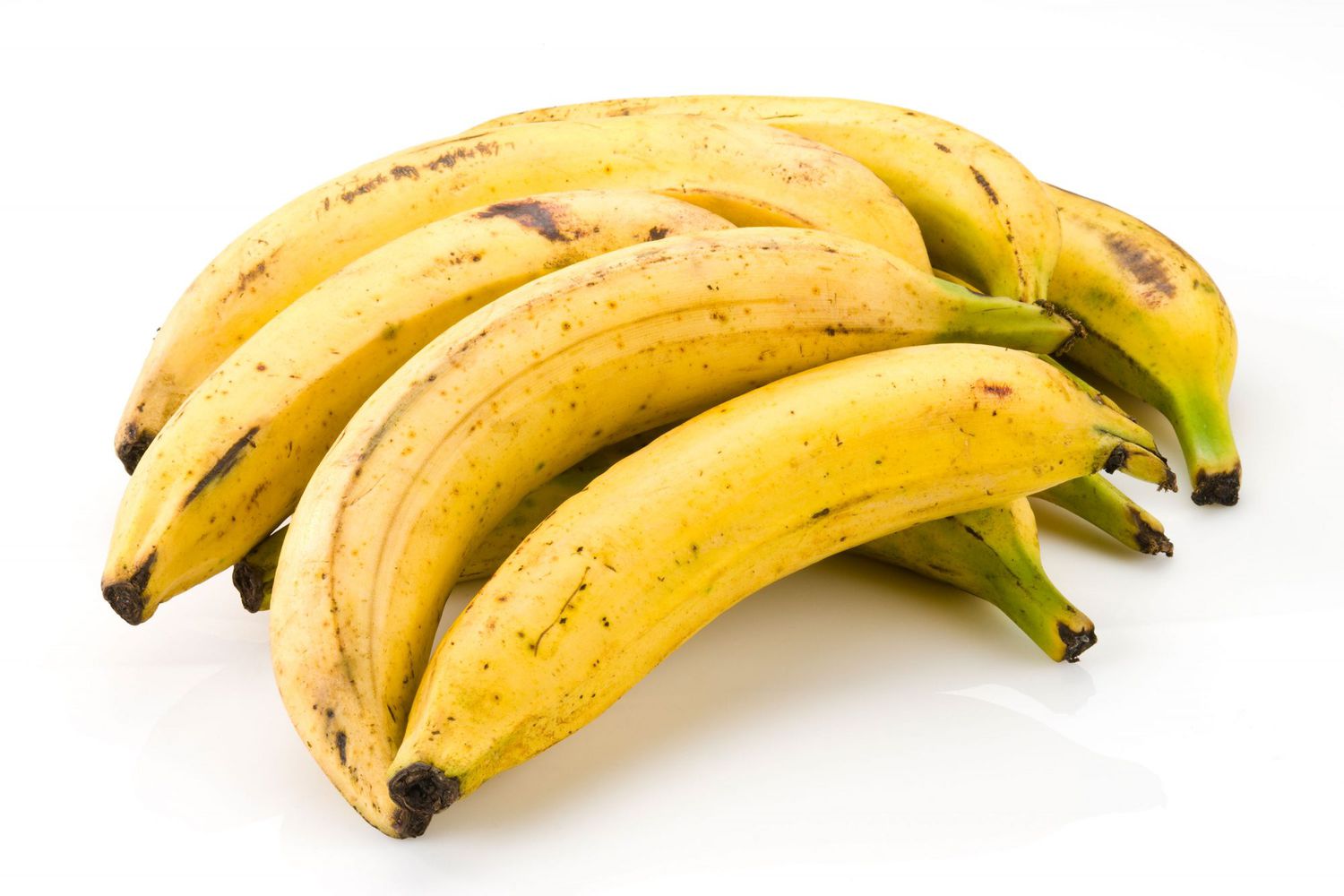
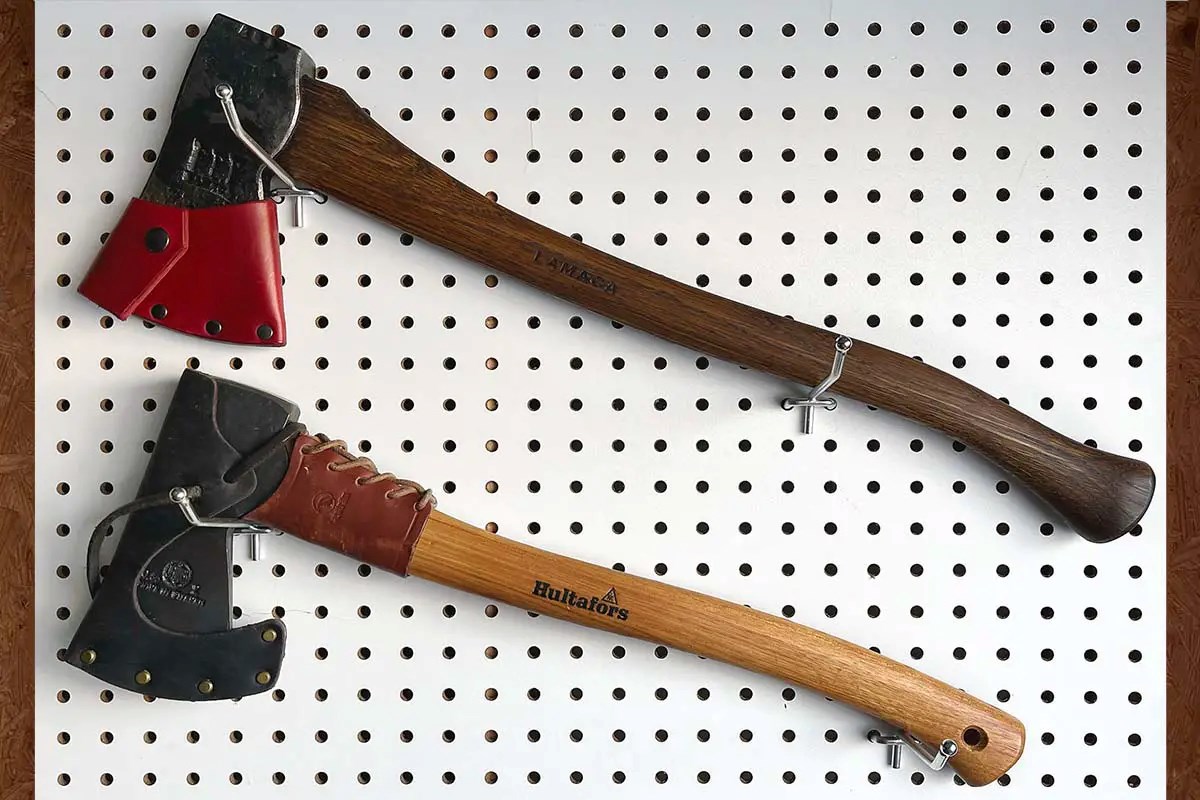
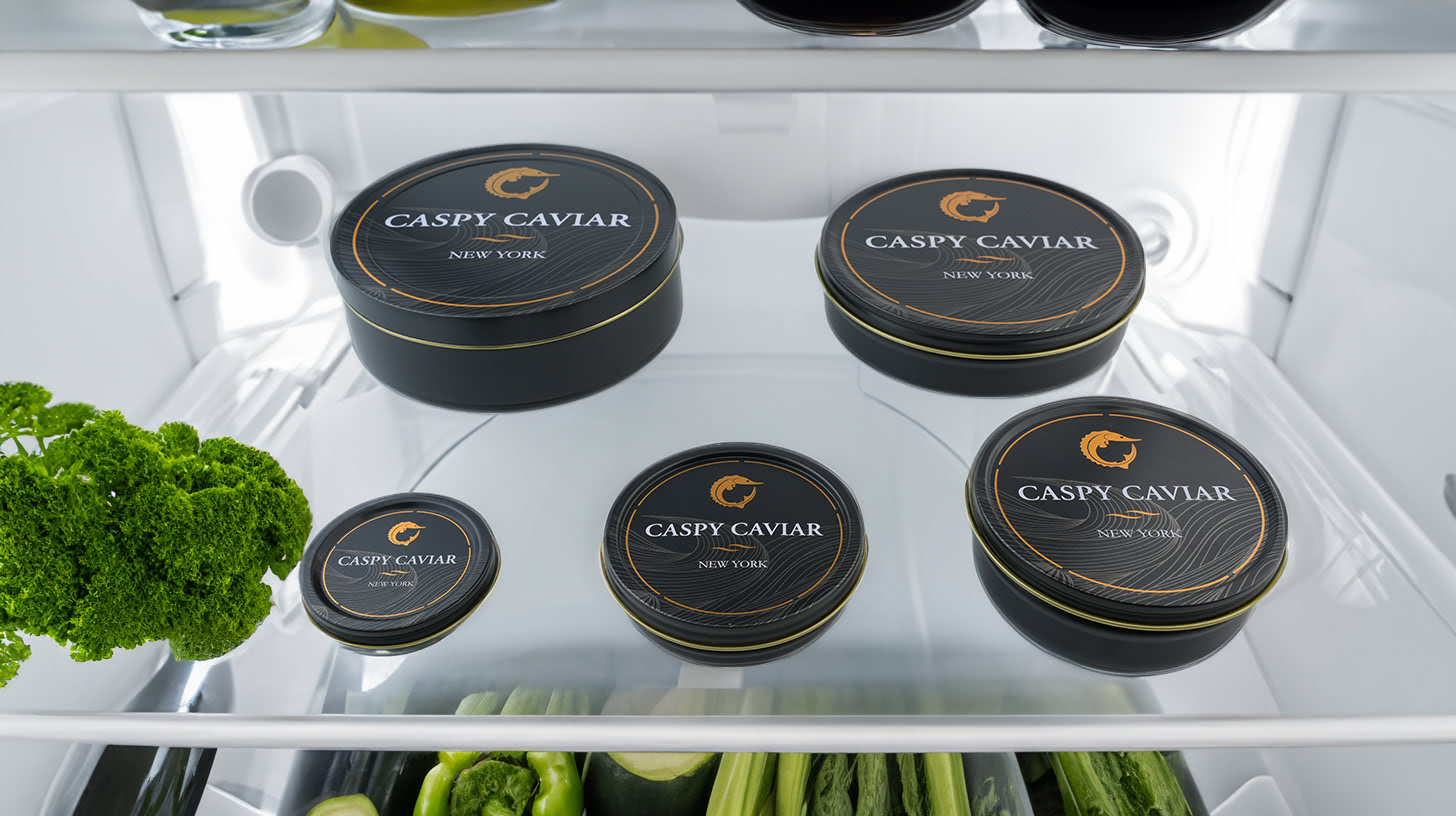
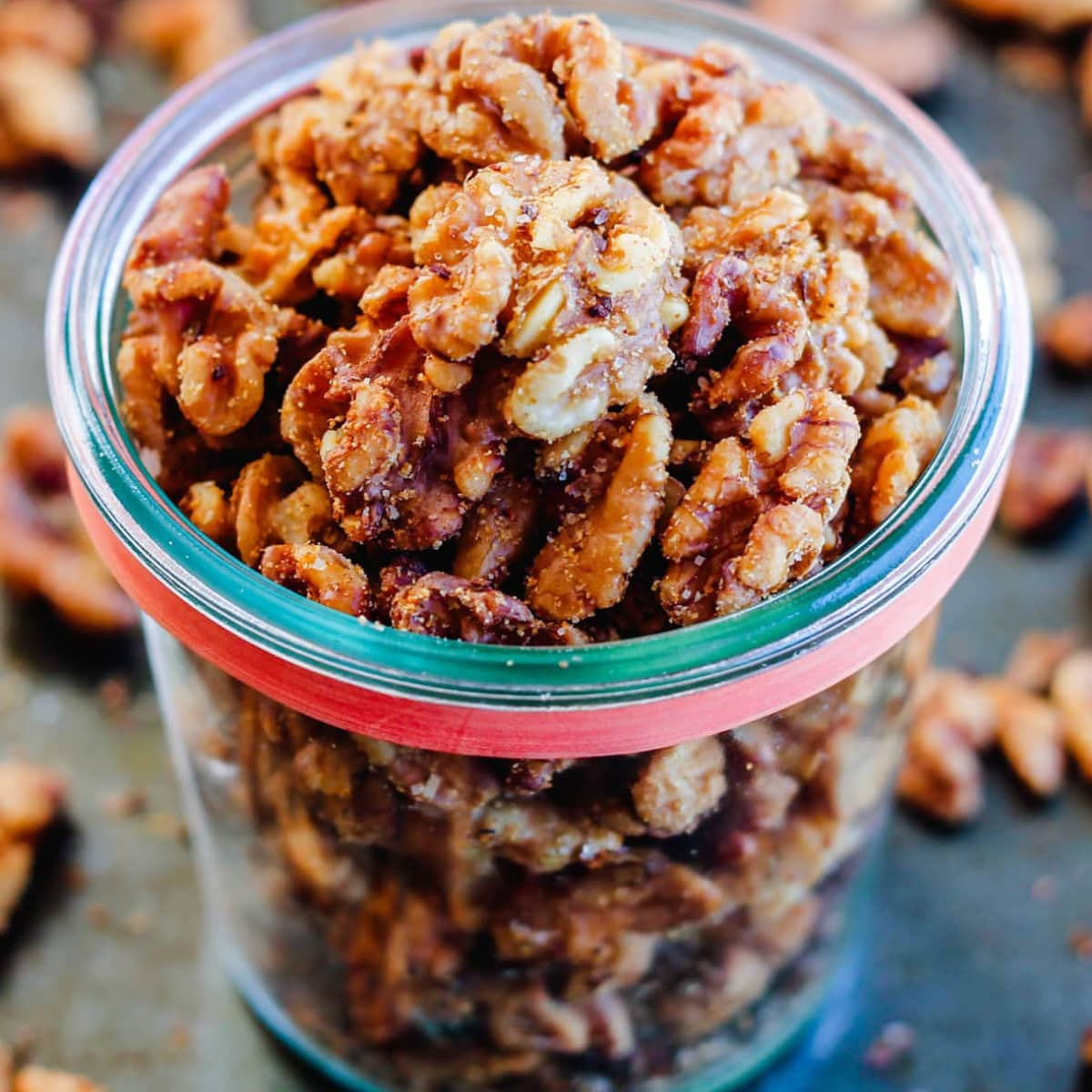

0 thoughts on “How To Store Sauvignon Blanc”